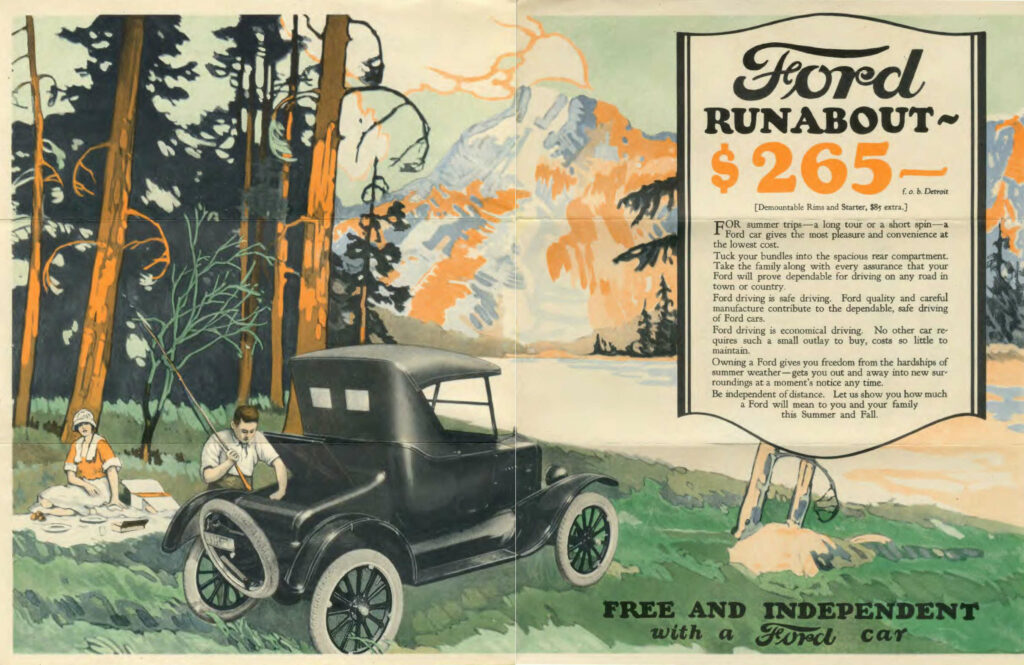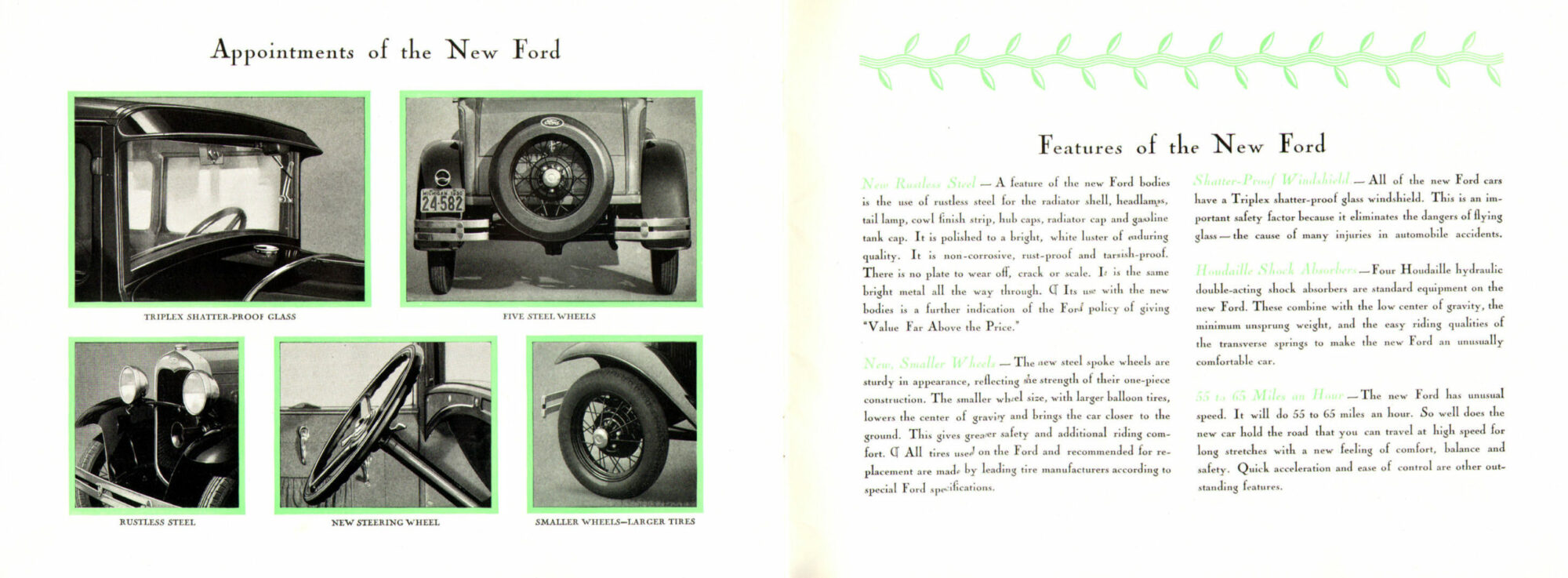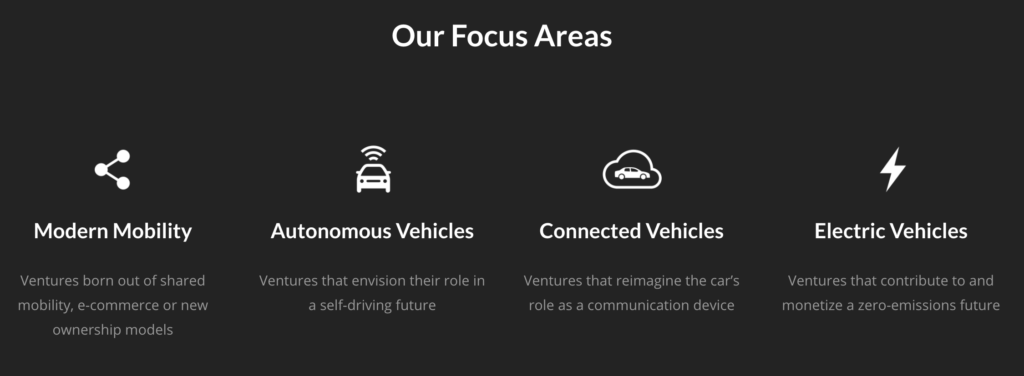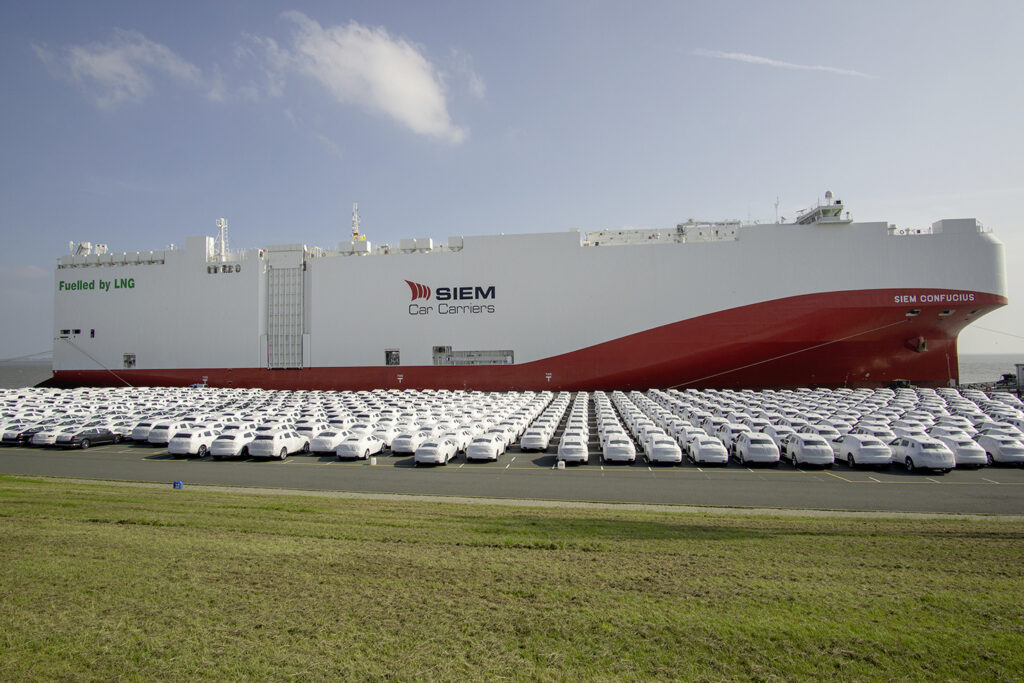By David Pring-Mill
It’s been over a hundred years since the Model T first rolled off the assembly line. Ford’s methods of mass production, then innovative and new, majorly reduced the amount of time it took to build a car.
By 1930, the company was advertising improved functionality — triplex “shatter-proof” glass, rustless steel with “a bright, white luster,” a new steering wheel, and five steel wheels, pitched on the merits of “smaller wheels, larger tires” that brought the car closer to the ground. In case you’re wondering, the fifth was the spare, attached to the rear. The inclusion of a spare is now a less common practice. However, of greater importance, effective seatbelts are now standardized and required.
The history of automotive transportation has lots of starts, stops, and wrong directions. Increased personal convenience led to increased congestion and air pollution, greater dispersion of the population, and corresponding societal effects. Urban sprawl could be framed as inevitable, but according to historian Martin V. Melosi, the post-World War II sprawl was needlessly inefficient. It “scattered people, businesses, and industry over a broad landscape with substantial patches of vacant or empty land interspersed among tracts of homes, commercial strips along roadsides, and a variety of low-density uses of various types.”

As we shift gears, what’s next? What new kinds of features might be displayed in the Augmented Reality brochure of tomorrow?
As Ford tries to figure out the future, it’s experimenting with the incubator model — itself, a home for numerous, bold experiments with dedicated leaders.
Within “Ford X,” transportation ventures pass through stages of ideation, feedback, and qualifying research before proceeding to a pilot.
On their venture incubator website, the historic automaker lists out modern mobility (ventures born out of shared mobility, e-commerce or new ownership models), autonomous vehicles, connected vehicles, and electric vehicles as areas of focus. The one-line description beneath “electric vehicles” shows that they do not view sustainability as a business impediment: “Ventures that contribute to and monetize a zero-emissions future.”
All in all, we’ve come a long way from “smaller wheels, larger tires.”


Sundeep Madra, the VP of Ford X, is establishing technology partnerships across the transportation sector while also overseeing Autonomic, the startup that brought him to Ford via acquisition. Autonomic is focused on a cloud-based mobility platform that could help to route autonomous vehicles, manage large-scale fleets, and serve other use cases.
In a recent interview on This Week in Startups, Madra referenced the Clayton Christensen book “The Innovator’s Dilemma,” agreeing that large companies sometimes have to disrupt themselves before someone else can disrupt them.
Prior to his work in mobility, Madra encountered this dilemma on mobile.
Tinder, the popular dating app, was launched in 2012 within IAC’s startup incubator Hatch Labs and Madra’s company became involved with the mobile app development. This origin story is noteworthy because IAC, a holding company, already owned the dominant dating properties at the time, Match.com and OkCupid, but saw the opportunity in mobile growth and independently-managed innovation.
The incubator or “skunkworks project” approach may seem risky or needlessly tangential to some, but Madra suggested that it works well for disruptive R&D. The traditional, core business isn’t necessarily limited from experimenting as well, but very often, they get tied up in the existing operations, metrics, and shareholders.
When a company is very profitable already, the next thing might be regarded as a distraction. And the next innovator might be distracted by the metrics of managing what is, at least for the time being, a working business model.
It’s clear that radical transportation technologies are imminent, however they may emerge. Success depends on policy, consumer acceptance, and a cohesive set of new technologies. For ride hailing to be a viable long-term solution in urban environments, efficiency must be increased, and emissions must be decreased, through electrification and precise, secure, real-time, connected autonomy.
To truly claim the mantle of sustainability in this paradigm, renewable energy tech must also find new efficiencies. There’s even an emphasis on how to transport the methods of transportation: Volkswagen Group announced that they’re using a new overseas car freighter with liquified natural gas propulsion. The competing automaker claims that this cargo ship will reduce their carbon dioxide emissions by up to 25 percent and it could cut down soot particles and sulfur oxide emissions more substantially.
